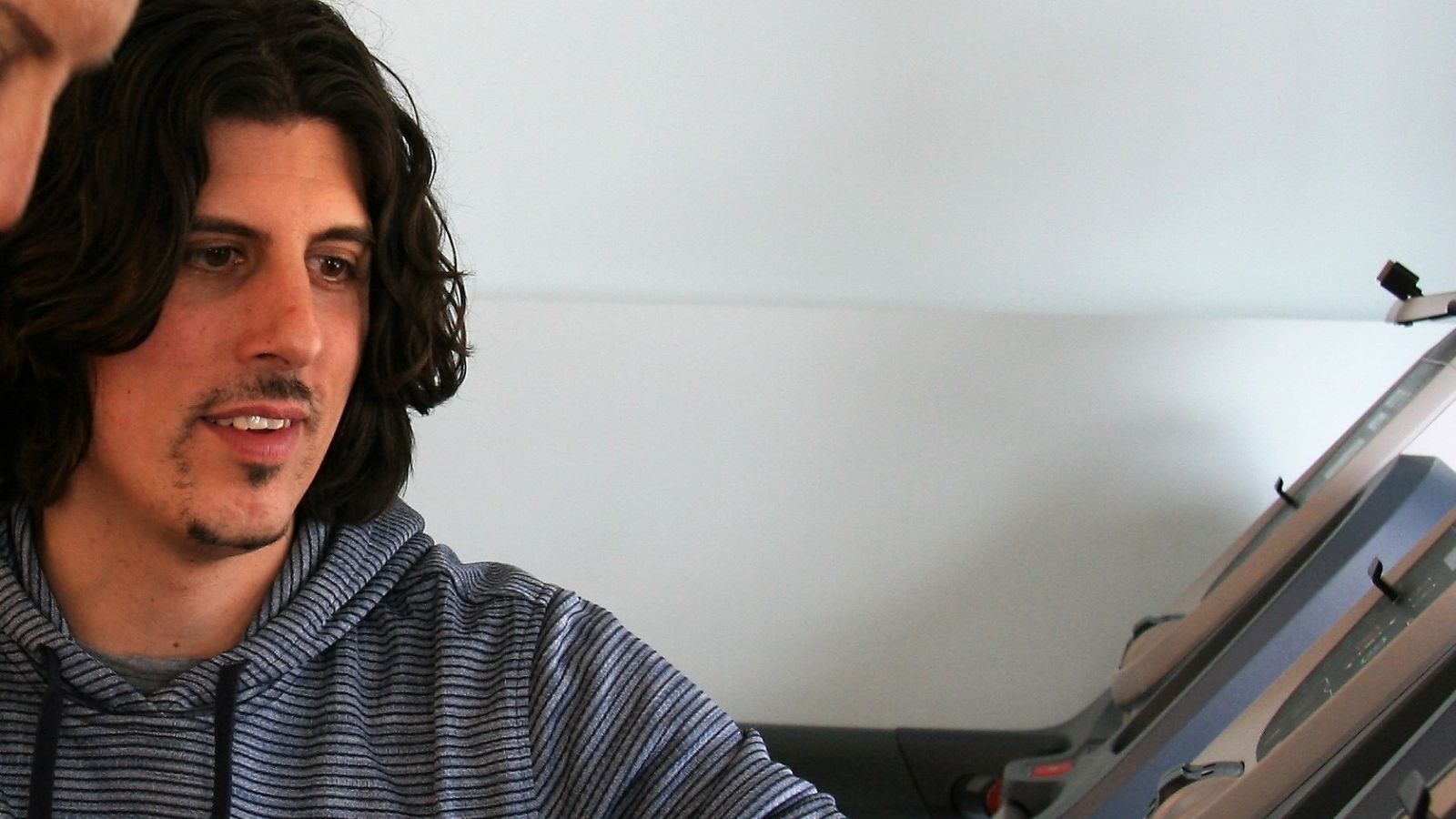
Cancer is the most common chronic disease in Canada and thanks to better screening and treatments, survival rates continue to improve for most types of cancer. This is leading to a large and growing number of cancer survivors, however, part of survival for these individuals is often learning to live with physical and mental changes that result from their cancer and its treatments.
Exercise can help survivors manage many of the late and long-term side effects, as well as improve physical and mental health. Some of the specific benefits of exercise for cancer survivors include:
- Reduction or management of treatment-related side effects like fatigue, pain, and lymphedema.
- Improvements in mental and emotional health, such as reducing anxiety and depressive symptoms.
- Improvements in health-related quality of life.
- For some of our most common cancers – breast, colon, prostate – being physically active may reduce the risk of a cancer recurrence or death.
These are in addition to the general benefits of regular exercise, which include improvements in physical functioning and all aspects of health-related fitness: aerobic endurance, muscular strength & endurance, flexibility, and body composition.
Exercise is beneficial at any point in your cancer journey and it is never too late to start! Being active may reduce the risk of getting certain cancers, helps to manage side-effects during treatment, is part of a healthy lifestyle following treatment, and can help maintain function and quality of life even in those with advanced cancer.
However, what is the “right” type and amount of exercise changes depending on where you are in this journey. Survivors who are completing treatments may need to reduce the amount or lower the intensity of their exercise but should try to remain active as much as possible. For those who have completed treatment, working toward meeting the exercise guidelines below is an important part of recovery. The general physical activity guidelines for individuals diagnosed with cancer are similar to those for the general population, and survivors should try to gradually work towards:
- 150 minutes of moderate aerobic exercise, like brisk walking, every week.
- 2 sessions per week of strength training, such as using strength training machines, dumbbells, resistance bands, etc.
- Avoiding inactivity and sedentary behaviours.
As you start to become more active, it is very important to start smaller – shorter workouts, fewer times per week, lower intensity – and listen to how your body is responding before gradually increasing how much exercise you are doing over time. You want to exercise enough to get the benefits, but at the same time avoid overdoing it where you can actually increase fatigue, experience pain, or develop an injury. You should feel your joints moving, muscles working, the body warming up, and notice that you are breathing heavier while exercising. You should not be breathing so heavy that you can’t talk, sweating excessively, or feeling any pain…the old saying of “no pain, no gain” has been changed to “ALL GAIN, NO PAIN”.
If you feel you need some help with an exercise program, it may help to talk to an exercise professional. Try to find one in your community that has a provincially or nationally recognized fitness certification, which ensures the exercise professional has a base level of education and practical experience. Some trainers may also have an additional cancer-specific certification. More information about what certifications to look for can be found in the resources after this article.
In some instances, it may be a good idea to discuss starting an exercise program with your health care providers.
If you are experiencing more severe side effects from treatment, have advanced cancer, or cancer in your bones it is generally recommended that you discuss exercise with your doctor before starting.
If you a have specific physical issue from your cancer or its treatments, it would be helpful to see a physical therapist. They can provide specific treatment and/or therapeutic exercises to improve the issue, which will likely help you be more successful and safer in reaching your exercise goals.
Researchers are hard at work trying to make exercise a part of cancer care for all survivors in Alberta! Depending on your location you may be eligible for either the Alberta Cancer Exercise (ACE) or Exercise for Cancer to Enhance Living well (EXCEL) studies. ACE programs run in larger urban centres and EXCEL programs in smaller and rural communities, both offered at no cost to participants.
Resources:
General Exercise Information for Cancer Survivors:
- https://www.cancer.ca/en/cancer-information/living-with-cancer/feeling-your-best/being-active/?region=on
- https://www.cancer.org/treatment/survivorship-during-and-after-treatment/staying-active/physical-activity-and-the-cancer-patient.html
- http://www.bccancer.bc.ca/health-info/coping-with-cancer/exercise-support
What exercise certifications should I look for in a trainer?
- Provincial: https://www.provincialfitnessunit.ca/aflca-certification-benefits/
- Provincial: https://thrivehealthservices.com/professionals/ (cancer-specific)
- National: https://csep.ca/en/certification/apply-now-choose-csep-certification
- North American: https://www.acsm.org/get-stay-certified/get-certified (both general & cancer-specific)
Research Programs Currently Offering Exercise Programs to Cancer Survivors in Alberta:




